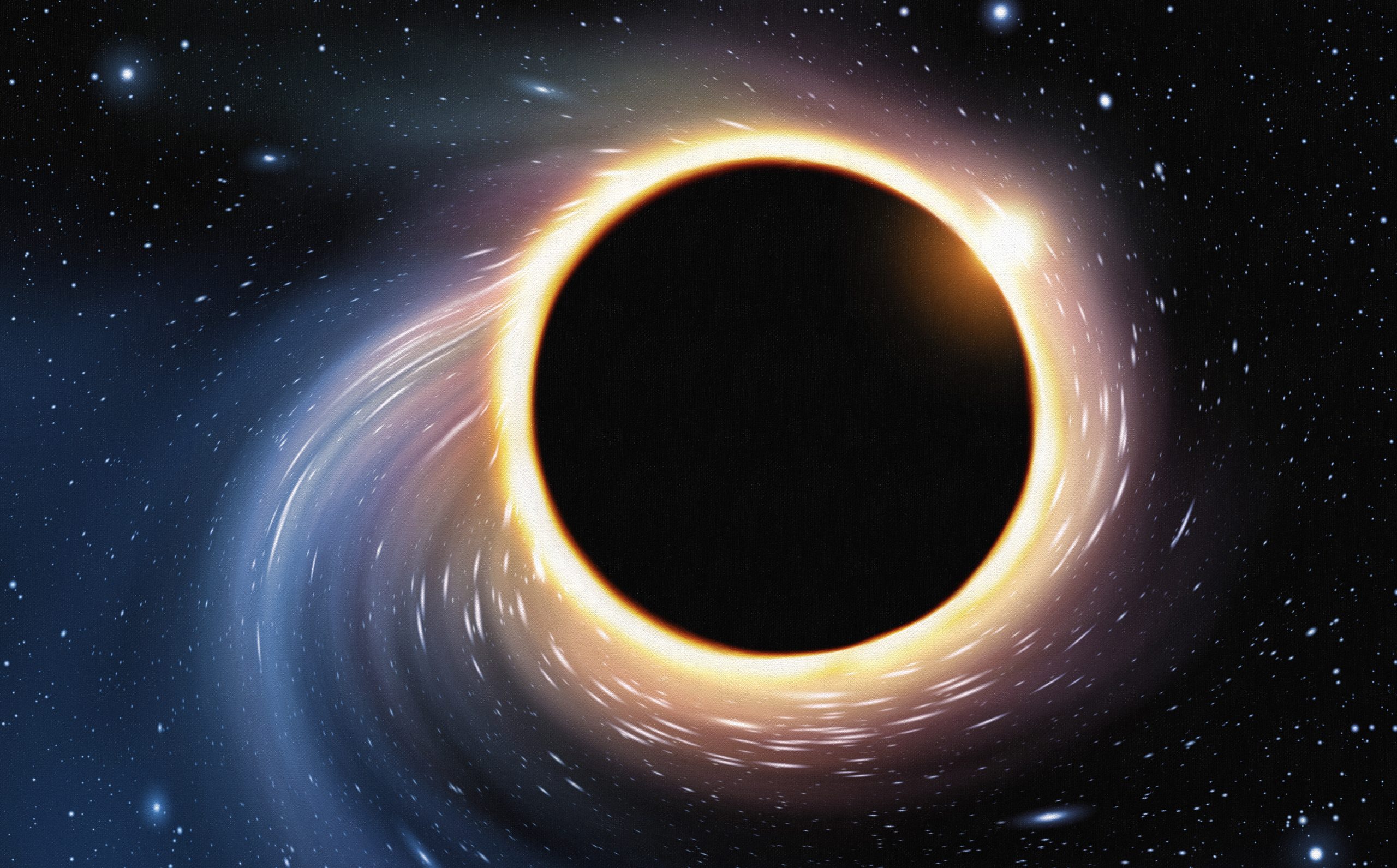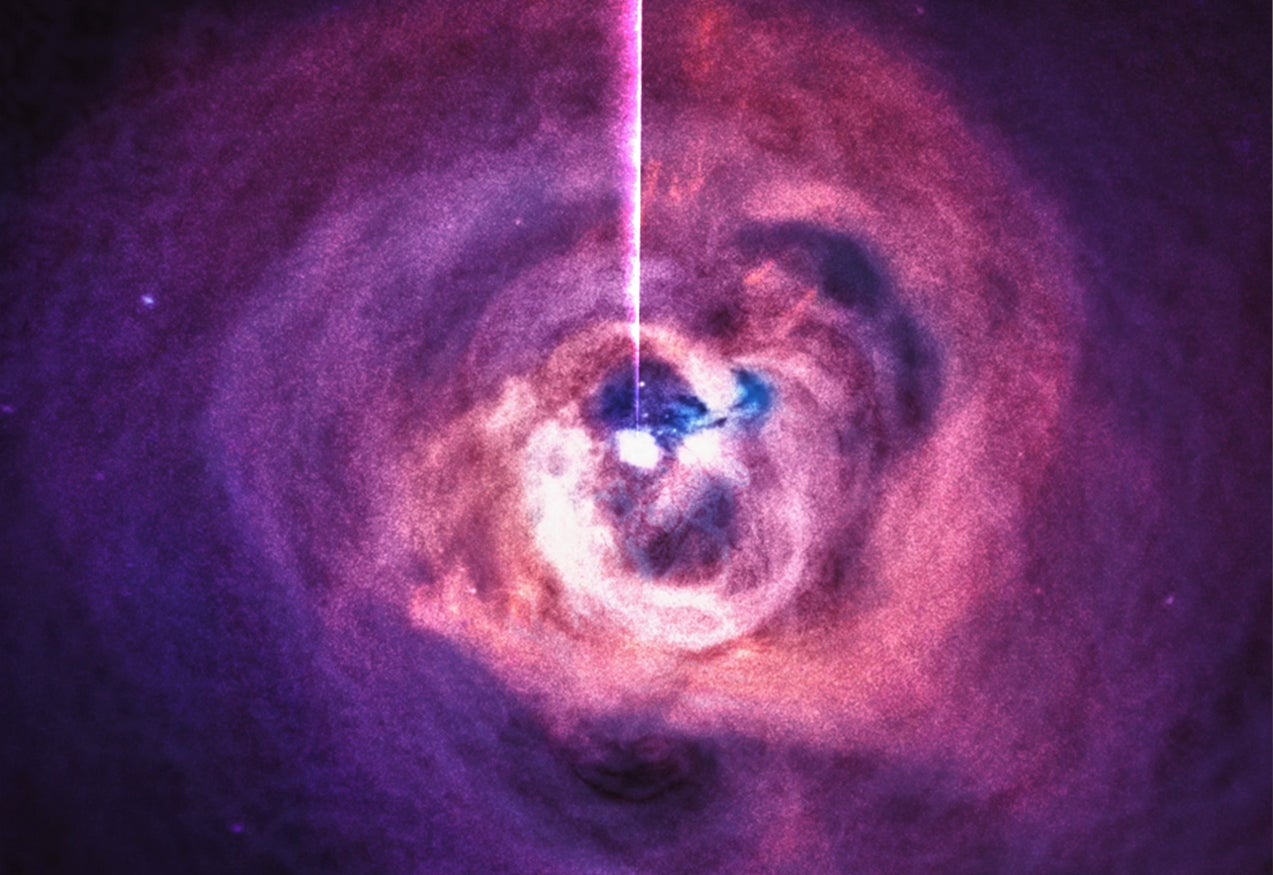Would you like to hear the sound of a black hole? Here’s your chance.
Even though black holes don’t allow anything to escape their powerful gravitational pull, we can hear what they sound like by converting astronomical data into sound.
Although mankind is still in its infancy when it comes to exploring outer space, our knowledge of the cosmos has greatly increased in the last decade, mostly due to our rapid development of technologies and devices that allow us to look further into the universe than ever before.

In our pursuit to comprehend the universe, black holes are among the most crucial components.
These gigantic devourers are believed to be located in every galaxy’s center, with roughly 100 billion supermassive black holes in our region of the universe. The nearest black hole is situated 28,000 light-years away in the center of our Milky Way galaxy, while the most distant black hole discovered to date resides billions of light-years away in a quasar galaxy.
Black holes are fascinating for many reasons. We have no idea what is inside one, and we’ve never taken a photograph of a black hole because its gravity is so strong that even light cannot escape. However, we have photographed matter around a black hole in its accretion disk.
Researchers have debated whether black holes act as wormholes, allowing us to travel across vast distances to other galaxies or even universes. Some theories have even suggested that black holes could harbor entire universes.

However, all of this is just conjecture.
Black holes can be classified into four types: stellar, intermediate, supermassive, and miniature. Stellar death is the most common way black holes form. During their final moments, most stars will expand, lose mass, and then cool to become white dwarfs. The heaviest of these fiery bodies, those bigger than 10 to 20 times our Sun, will end up becoming either stellar-mass black holes or superdense neutron stars. Despite the many unknowns about black holes, we do know what a black hole sounds like.
The sound of a black hole has been linked to the black hole at the center of the Perseus galaxy cluster since 2003. A black hole can produce sound due to pressure waves in the cluster’s hot gas.

Although humans cannot hear it, this sound, 57 octaves below middle C, can nevertheless be interpreted by astronomers as a note. An updated specification brings even more notes to this black hole sound machine.
NASA’s Black Hole Week is celebrating the release of a new specification of the Black Hole, thanks to NASA scientists being able to turn astronomical data into sound. As revealed by NASA, this new specification revisits the actual sounds found from NASA’s Chandra X-Ray Observatory. It does not sound like any of the previous ones.
Most of space is essentially a vacuum, which provides no travel medium for sound waves. This is the source of the popular misconception that there is no sound in space. However, a galaxy cluster contains an abundance of gas that surrounds hundreds or even thousands of galaxies, providing a medium for sound waves to travel.
In this new specification of Perseus, the previously identified sound waves have been extracted and made audible for the first time. A radial extract was made, so the sound waves were extracted from the center outward.
Scientists then resynthesized the signals so that they would be audible to humans by scaling them upward by 57 and 58 octaves above their true pitch. This means that the frequencies are being heard 144 quadrillion and 288 quadrillion times higher than their original frequency.








